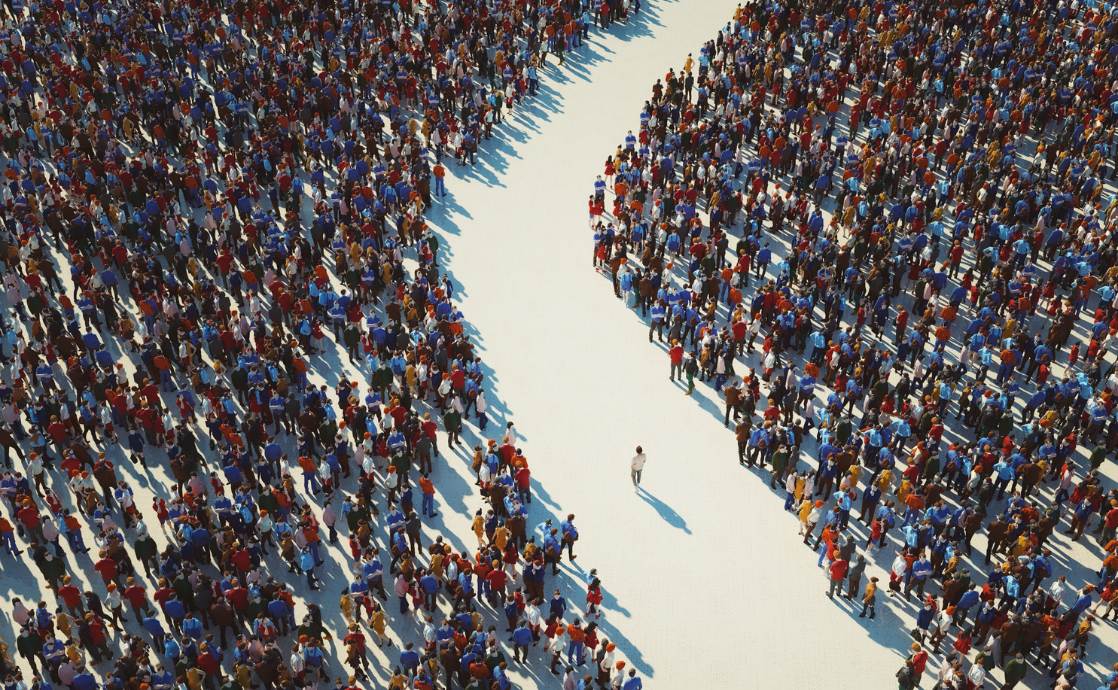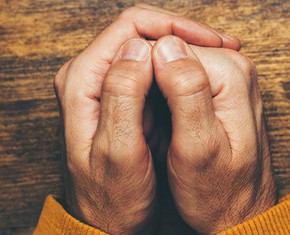The views expressed in our content reflect individual perspectives and do not represent the authoritative views of the Baha'i Faith.
If you’d like to know how our culture perceives gender roles, just take a look at what has become known as the hero’s journey.
Joseph Campbell introduced into public awareness a universal, timeless pattern found in the world’s myths he called the monomyth, identifying a pattern of archetypes and motifs that not only told the story of the journey of the hero but also decoded an innate pattern of inner spiritual transformation available to everyone.
Consisting of the three primary archetypes of departure, initiation, and return, Campbell put the emphasis on the beginning and the end, a call to a great adventure ending with returning as a hero. What was often overlooked was the middle phase, or the muddle, involving challenges and trials necessary that must be overcome as part of a deeper process of inner transformation.
What also happened as Campbell’s book The Hero with a Thousand Faces became more and more popular, is that a gender-based split developed between how men understood it and how women understood it.
RELATED: Tahirih: Heroine, Poet, Feminist Martyr
Many men took it literally as a “hero’s” journey, which became a great adventure story with the emphasis on overwhelming odds to beat. Many women saw it as missing their experience of what their life is really about, and distinct versions of a “heroine’s” journey began to appear.
In the process, a separation of potentialities and archetypes into masculine and feminine categories occurred. This view keeps apart what we have access to as human beings – that all the archetypes are human potentialities, not either feminine or masculine. Keeping them separate runs the risk of letting the whole get lost in its parts.
Both the hero’s journey and the mystic way are built upon the same deep structure as story, following the pattern of beginning, muddle, and resolution. Both also represent a process of transformation that leads us to the object of our quest, the realization of our fullest potential.
The parallel in the Baha’i teachings – Baha’u’llah’s greatest mystical composition, The Seven Valleys – recounts “an exposition of the mysteries enshrined in the stages of ascent” for those undertaking the “journey to God.” Baha’u’llah further identified these seven stages as those “that mark the wayfarer’s journey from their mortal abode to the heavenly homeland.”
This journey goes well beyond the “return” of the hero and the “union” of the mystic. After the first three valleys of Search, Love, and Knowledge, The Seven Valleys takes us to the Valley of Unity, the mid-point in the journey, where we gaze upon “the manifestations of singleness,” pierce “the veils of plurality,” and behold the mysteries of divine creation “with the eye of God.”
The final three valleys, Contentment, Wonderment, and True Poverty and Absolute Nothingness, represent the refined realms of “the heaven of Divine Unity” where we “drink the delicate wines of the spirit,” witness “the beauty of the Friend in all things,” are “lost in awe before … a wondrous world and a new creation,” reach the station of “living in God, of being poor in self and rich in the Desired One,” and experience “a unity that is sanctified above both these stations.”
What becomes evident from this spiritual path that has “no visible ending in this temporal world” is that it represents the journey of the soul, returning us to the state in which we were created – “whole and perfect.”
It is “necessary for the soul that was from God to make this journey back to God” because, as Abdu’l-Baha said, we are “in need of divine education and inspiration” as “the spirit and bounties of God are essential” to our development, because “The pathway of life is the road which leads to divine knowledge and attainment. Without training and guidance the soul could never pass beyond the conditions of its lower nature.”
RELATED: Walking a Mystical Path through The Seven Valleys
In this context of the mystic journey of the soul, and in relation to the journey leading us through an essential process of transformation, the hero’s journey and the heroine’s journey can be re-united into a single gender-less journey that illustrates how the pattern they both share is designed to return us all to our inherent wholeness with a unitive consciousness.
Removing the perceived boundaries between masculine and feminine journeys to our fullest potential also removes the vestiges of our long history of living with a consciousness of duality.
Remembering our wholeness eliminates the choice of either/or, masculine or feminine, and upholds the integrity of both/and, to focus on all the qualities and characteristics we have in common as human beings.
The pattern of the journey to wholeness provides a model for discovering that, at our essence, we are more like others than not. This prepares us for the most satisfying thing we can experience — the sense of union with creation that comes through service to, and deep interpersonal relationships with, others.
Adapted from A New Story of Wholeness: An Experiential Guide for Connecting the Human Family by Robert Atkinson.
















Comments
Sign in or create an account
Continue with Googleor